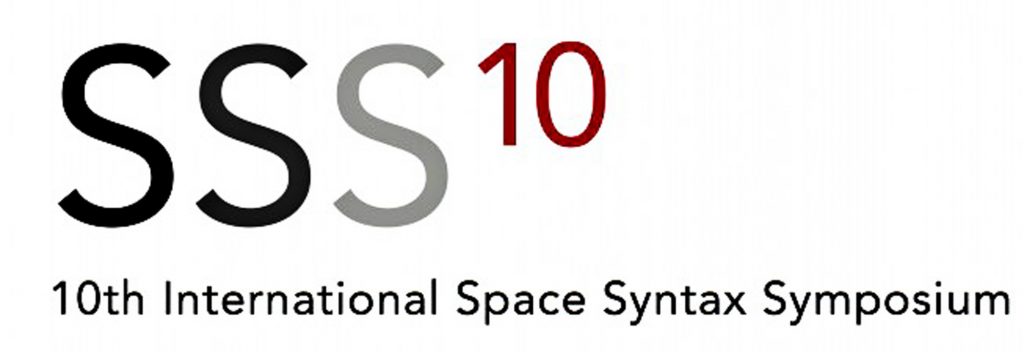Conference paper: Spatial layout and spontaneous behaviour for people with dementia

- International Symposium SSS 10, 2015 / Internationale Fachkonferenz
- Peer-reviewed publication & conference presentation
- Keywords: Adult day-care centres, dementia-friendly architecture, behaviour mapping, spatial accessibility, pattern of behaviour.

Abstract:
In this study, three adult day-care centres (ADCs) for people with dementia, located in Dresden, Germany, have been analysed using Space Syntax.
From the collected observational data, this study determines a positive correlation between the spatial accessibility of ADCs and the frequencies of three behaviours of people with dementia participating in those daily services. The results of this study are intended to further the application of space syntax methodology in future studies of healthcare facilities, especially the ones for people with dementia.
Investigations of spatial configuration were made using space syntax methodology and Visibility Graph Analysis (VGA). Two parameters, including the level of spatial accessibility and the intelligibility of buildings, were calculated. Observational data of three types of behaviours, consisting of wandering, standing and socialising, were accumulated through behaviour mapping.
Results from statistical analysis show a positive correlation between spatial accessibility and frequencies of those activities. This finding confirms the results of related prior work focusing on other healthcare facilities. Several recommendations on space using and designing for ADCs were derived through the analyses.
Link to download the paper
